
Name: Soo Line locomotive 1003 Builder: American Locomotive Company (Alco) Wheel arrangement: 2-8-2 Mikado Build date: March 1913 Why it’s important: Built for the Minneapolis, St. Paul & Sault Ste. Marie Railroad, commonly known as the Soo Line, the 1003 is both large (250 tons) and powerful (53,947 pounds starting tractive effort). A highly versatile locomotive […]
Read More…

Lehigh Valley locomotives were known by the road’s early Cornell red and black paint scheme. Later, units carried gray-and-yellow and white-and-black colors. The Lehigh Valley dieselized with EMD FTs and F3s and Alco FAs (the last steam ran in 1951), and remained a prolific Alco customer through the 1960s. For a small railroad, the LV […]
Read More…
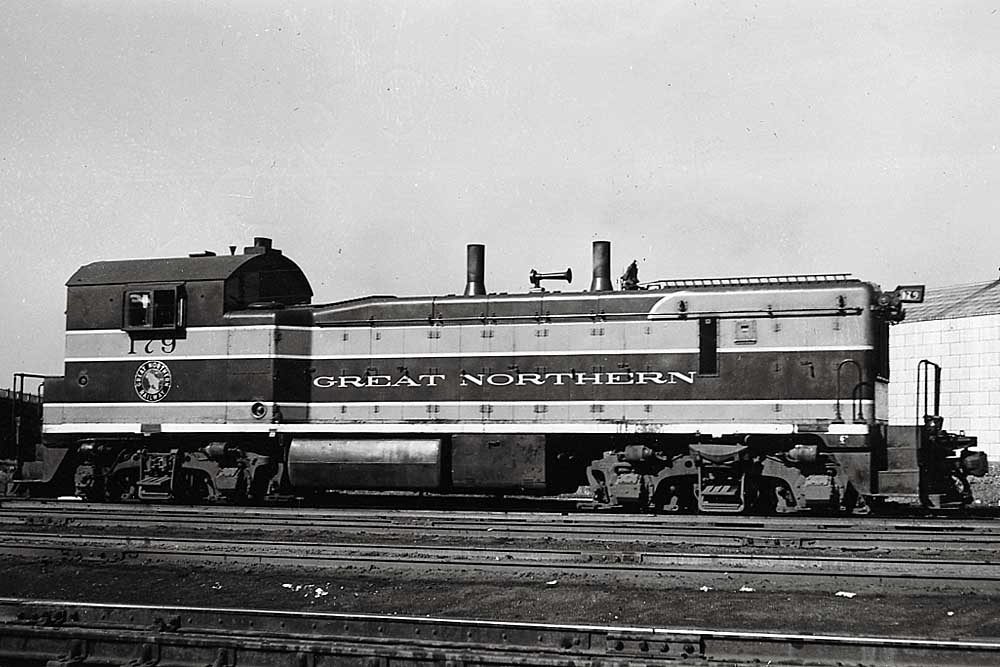
The EMD NW3 locomotive was the builder’s first entry into the eventually lucrative road switcher category, although it was intended as a passenger terminal switcher. Locomotive builders can be inconsistent when it comes to aesthetics. EMD, which on one hand could create stylish, wind-splitting passenger units would, if the situation warranted, produce some […]
Read More…
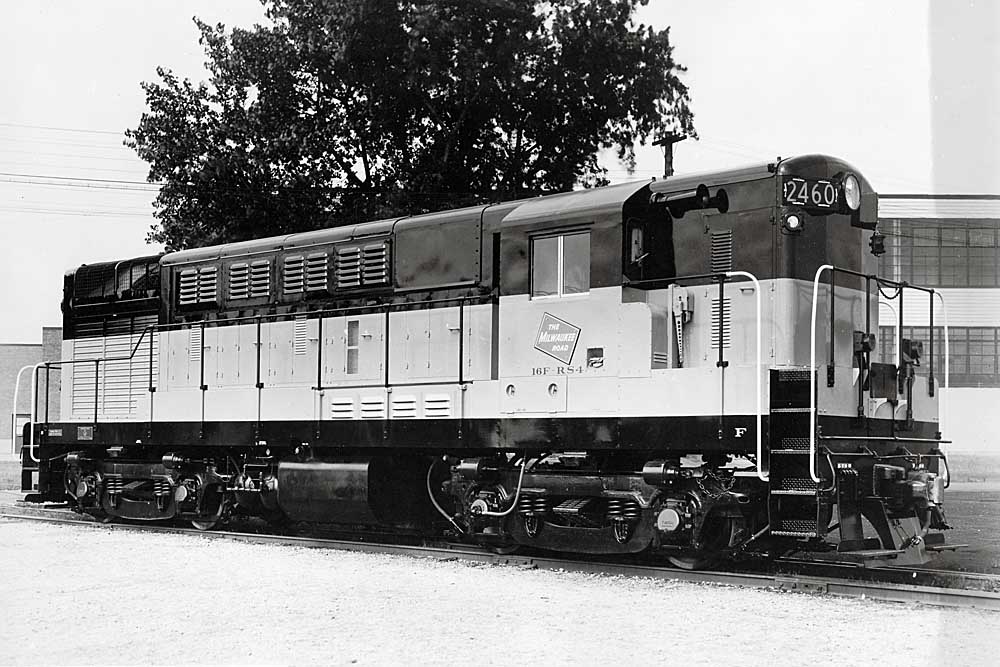
The best-selling Fairbanks-Morse diesel locomotives came from the builder’s “H” series of hood units. Even though Fairbanks-Morse built relatively few diesels compared to EMD or Alco, FM locomotives have a solid following among railfans. They were known for being rugged, excellent-pulling locomotives, in spite of their temperamental opposed-piston engines. Fairbanks-Morse chose to develop […]
Read More…

Amtrak F40PH locomotives are considered the standard passenger motive power for the 1980s and early 1990s. The four-axle, 3,000-hp units are mechanically identical to the much more common GP40-2 freight locomotive, which also use the 16-645E prime mover. In fact, the F40PH was EMD’s first production passenger locomotive to use this prime mover. (Other F40PH […]
Read More…
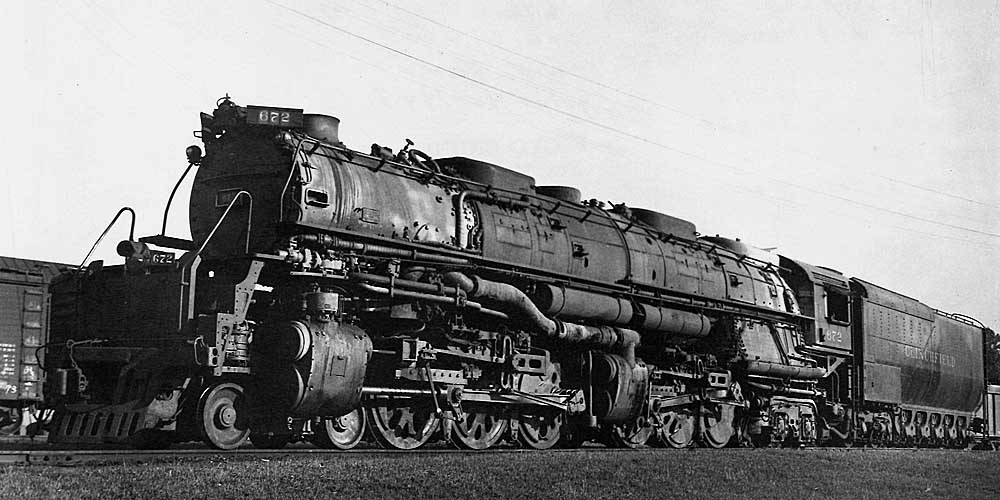
The 4-6-6-4 Challenger was the most successful articulated steam locomotive design. Rating steam locomotives is a risky business. You might easily compare engines by weight or length or lists of accessories, but actual performance — judged by the engineering standards of 2023 — is somewhat subjective. It would be an exaggeration to say […]
Read More…
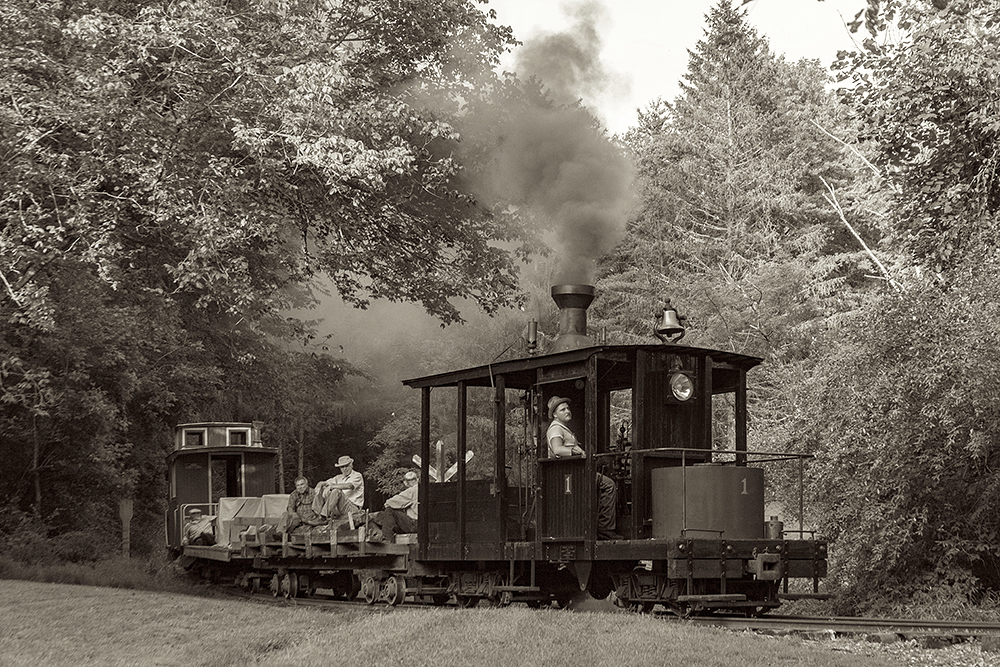
Climax Class A logging locomotive As steam locomotives go, logging engines aren’t the most attractive specimens out there. They’re the railroad version of the long-standing joke that a camel is a horse designed by a committee. But let’s not get hung up on appearances. These engines carved out their own niche in the very lucrative […]
Read More…
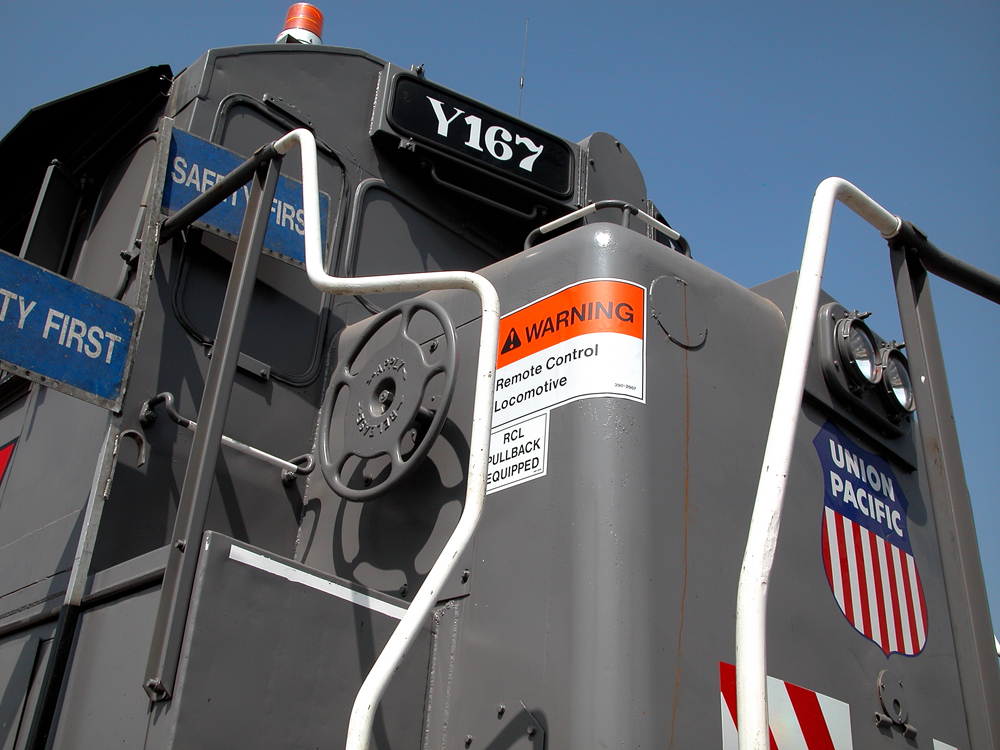
Control cars Always looking for more effective ways to be a railroad, Union Pacific in the early 2000s experimented with what was perceived as a better method of performing switching using remote-control locomotives. Traditionally, a regular locomotive is outfitted with remote-control equipment and assigned to those duties. That’s all well and good until the equipped […]
Read More…
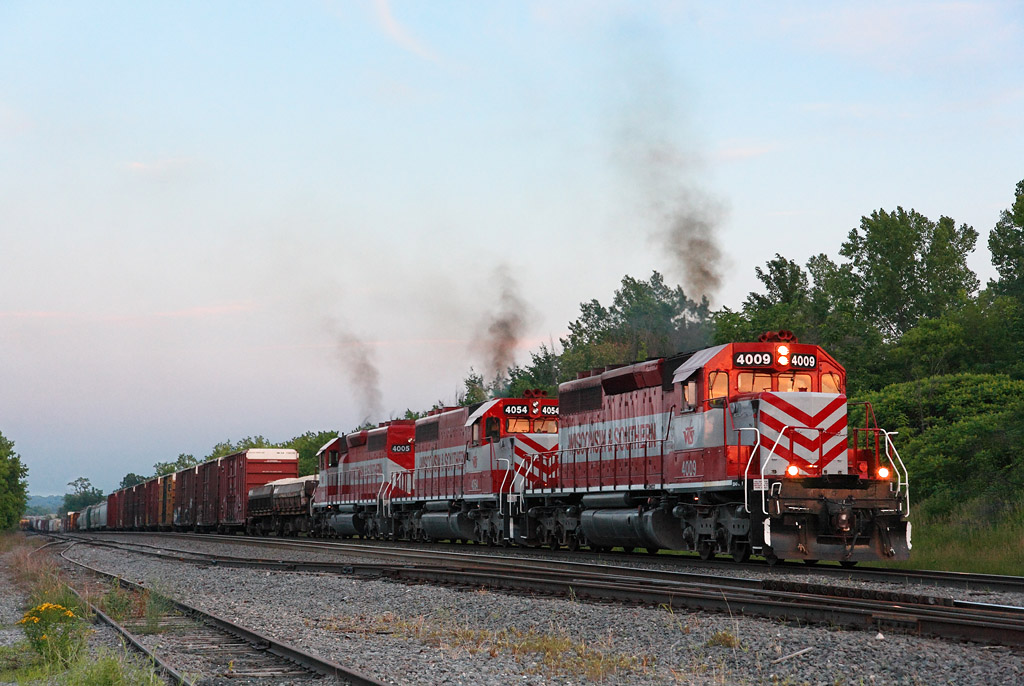
Five common shortline diesel locomotives in North America: When it comes to short lines and regional railroads, differences abound. Their location, size and overall operation makes each stand out from one another. It’s usually true with motive power too, but railroads can and do populate their rosters with common locomotives that have proved their worth […]
Read More…
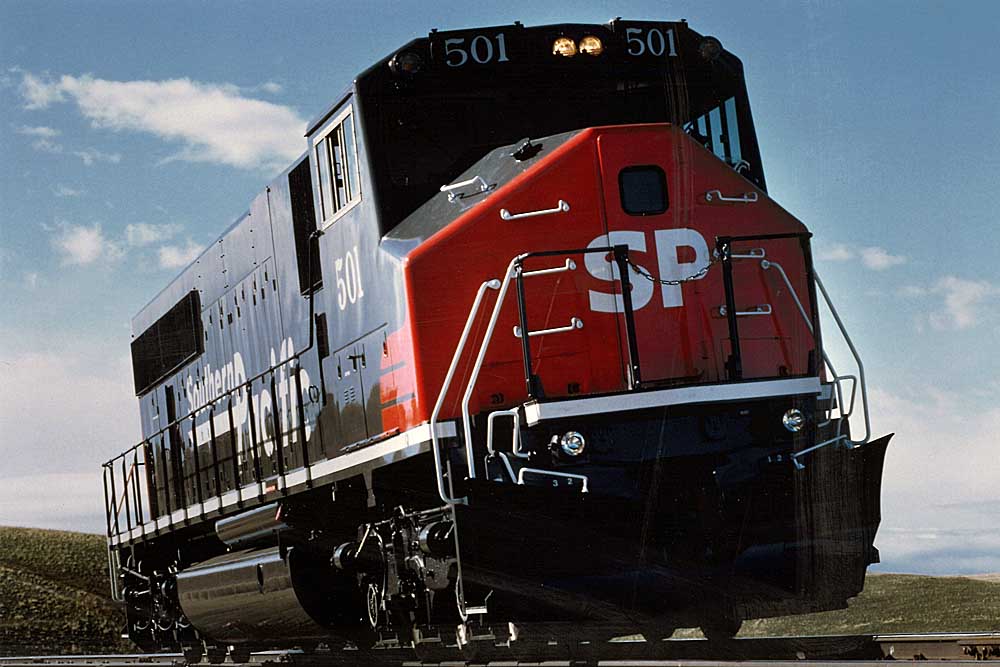
The Morrison-Knudsen MK5000C was but a footnote to 1990s locomotive history. It kind of resembled an EMD six-axle road switcher. Or maybe a GE/Wabtec unit. But the cab didn’t quite seem to fit either one. It looked brutish, well-defined, powerful, and ready to pull as many cars as you could couple to it. […]
Read More…

The best-selling Alco diesel locomotives came from the switcher, cab unit, and road switcher product lines. The American Locomotive Co. was North America’s second-largest manufacturer of steam locomotives. The company began making the transition to internal combustion early, building diesel locomotives in the 1920s while continuing to build steam locomotives (which it did until 1948). […]
Read More…
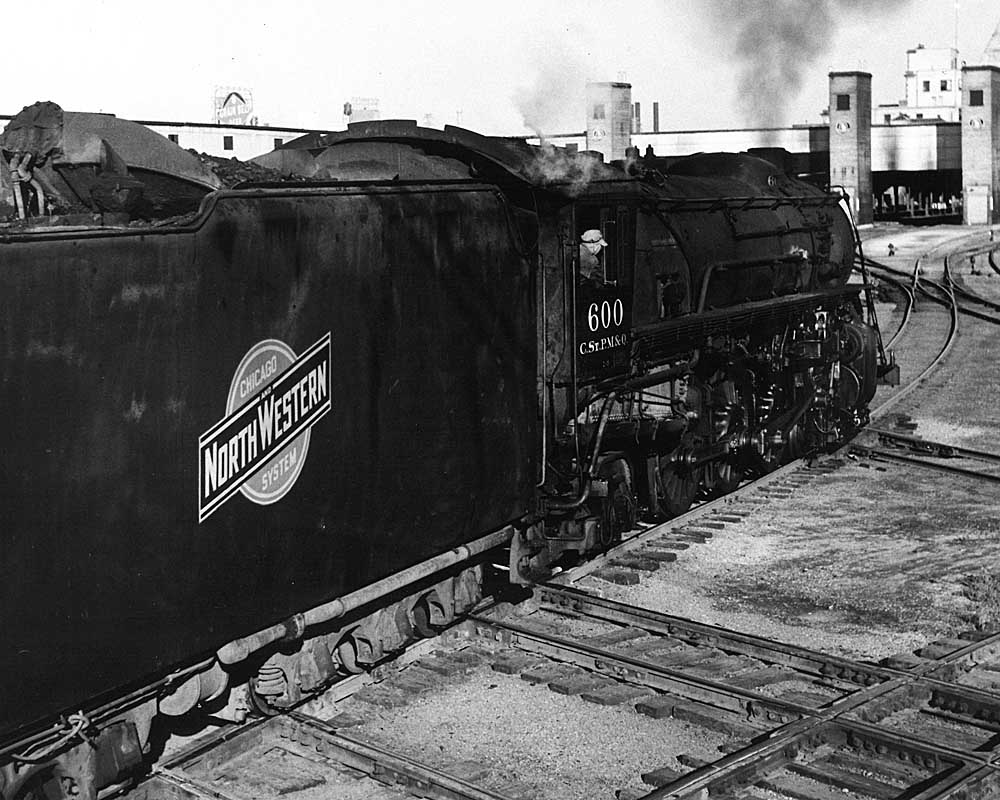
The biggest 4-6-2 Pacific came from a surprisingly small railroad. Any history of the American steam locomotive must save some superlatives for the 4-6-2 Pacific. The wheel arrangement allowed a wide variety of design and performance, such that approximately 6,000 were manufactured in the first half of the 20th century, all in the […]
Read More…












